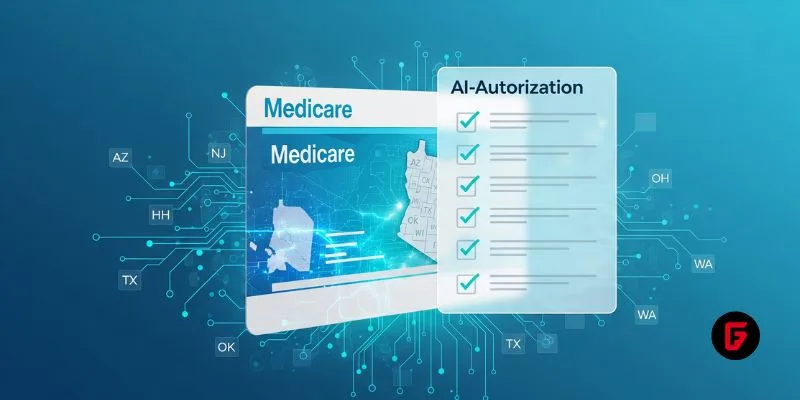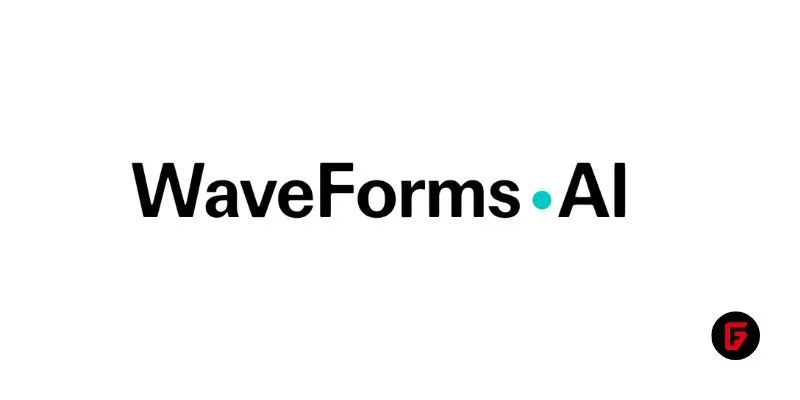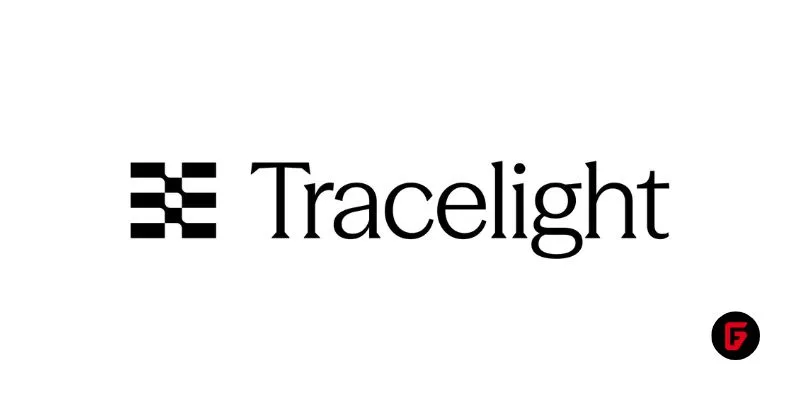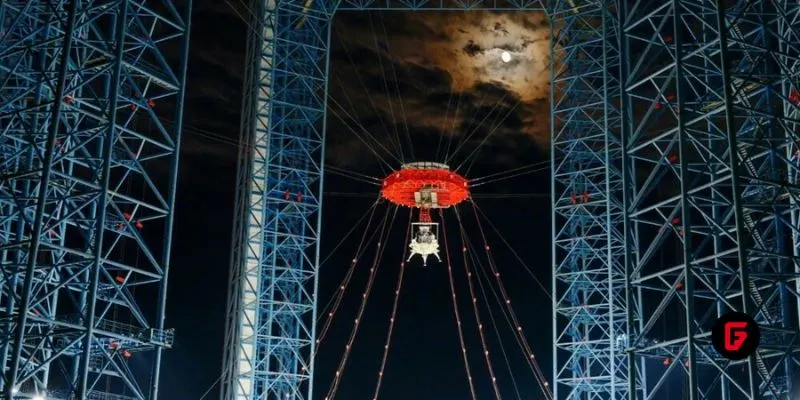The construction sector—long regarded as resistant to change—has become a new testing ground for artificial intelligence (AI) and workflow automation. This week, London-based Structured AI made headlines by securing a €435,000 pre-seed funding round, signaling fresh momentum for AI-powered innovation in the traditionally labor-intensive Architecture, Engineering, and Construction (AEC) industry.
The Growing Challenge in Construction Engineering
Millions of engineers around the world face a bottleneck: roughly 30% of their working time is devoted to repetitive manual tasks, especially technical paperwork and documentation. This documentation isn’t just busywork—it’s a legal and safety cornerstone for every project. But for engineers, architects, and general contractors, it can stall projects and slow delivery timelines, especially in firms relying on tools from established giants like Autodesk.
A Purpose-Built AI Solution
Structured AI is not just another generic project management software. Instead, it is purpose-built to automate the most time-consuming documentation workflows for design engineers, using sophisticated vertical AI agents. What makes this approach stand out is the emphasis on domain-native, regulation-safe automation that plugs directly into the engineer’s existing systems, rather than forcing wholesale process change.
How It Works
Structured AI’s system operates in two-week sprint cycles, co-developing solutions with clients by embedding lightweight prototypes into real engineering teams’ actual workflows. This highly collaborative approach ensures every feature solves a recognized pain point for architects, engineers, and contractors.
The team’s background in AI research gives them an edge in building software that blends technical prowess with regulatory compliance—a vital requirement in the safety-conscious construction industry.
Real-World Impact and Industry Potential
Structured AI is already running pilots with a top-150 US design engineering firm. Early adopters report that automating portions of documentation and workflow management frees engineers to focus on design, client communication, and innovation—instead of administration. That’s significant for a sector where automation can mean faster project delivery, reduced human error, and better collaboration.
Raising €435,000 in a pre-seed round is also notable amid a fiercely competitive landscape, showing increasing investor confidence in AI-first construction technology. As more firms face pressure to modernize, this kind of targeted AI could be pivotal in bridging the gap between design and delivery, while navigating regulations and maintaining quality standards.
The Bigger Picture: Construction Tech in 2025
Construction AI is evolving rapidly. With the market for AI in construction projected to surge past $20 billion by 2032, startups like Structured AI are likely to play a central role in reducing bottlenecks and reshaping how projects are managed from the ground up. The next few years could see automation and AI agents become everyday tools in the industry, from automating safety audits to optimizing site logistics.
As engineers and leaders look to stay ahead, embracing tools that can relieve admin burdens could free up creative capacity for truly game-changing design and delivery.














